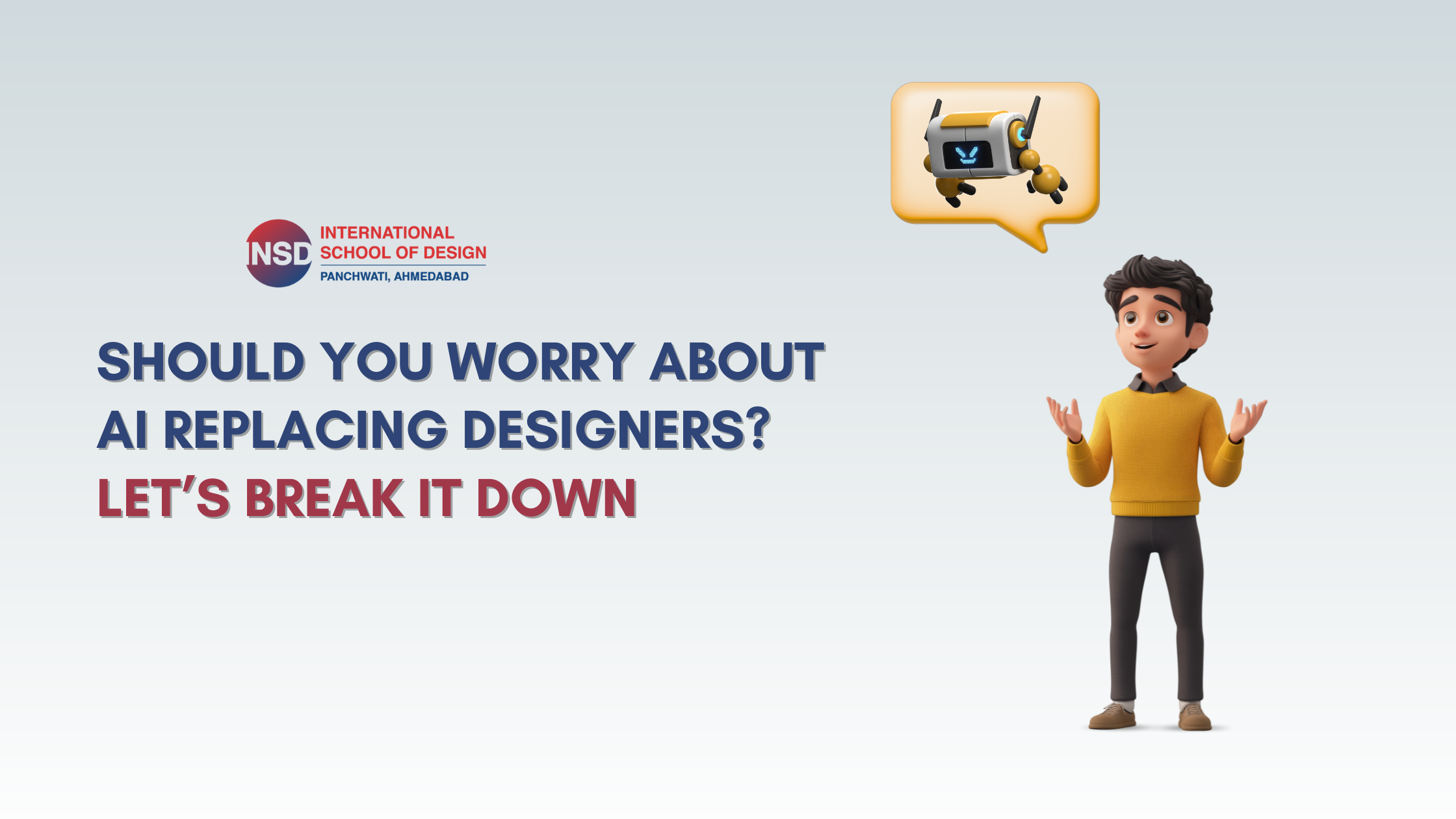You’ve probably seen the headlines. “AI creates stunning fashion collections in seconds.” “AI designs logos in one click.” Or maybe you’ve played around with tools like Midjourney, DALL·E, or Canva’s AI features and wondered, Wait… is this going to take over my job someday?
Let’s pause for a second. If you’re a design student, a recent graduate, or someone considering a creative career, this question is completely valid. AI is definitely changing how we do design—but is it replacing designers altogether? Not quite. In fact, far from it.
AI Can Generate, But It Can’t Imagine
Here’s the thing: AI is incredibly good at processing data, patterns, and prompts. Feed it the right words, and it’ll generate something visual—sometimes surprisingly good. But here’s where it stops: AI doesn’t have taste. It doesn’t understand cultural nuance, personal stories, brand legacy, or emotional context. It’s pulling from what’s already been done.
You, on the other hand, can do what machines can’t—connect abstract ideas, draw from lived experiences, and tell a story that feels personal. Whether you’re studying graphic design, fashion, interior styling, or animation, what you bring to the table is a creative voice that AI simply can’t replicate.
Think of AI as the calculator of the design world. It’s fast. It’s efficient. But it still needs you to decide what matters and what fits.
What’s Really Changing for Designers
What AI is doing is reshaping the tools and timelines involved in design. A layout that might’ve taken you five hours now takes 30 minutes with the help of AI. That doesn’t mean you skip the work; it means you have more time to focus on refining the core idea, improving the user experience, or fine-tuning the details.
In other words, AI isn’t replacing your role—it’s evolving it. Today’s designers are being valued not just for aesthetic skills, but for strategic thinking. Knowing how to use AI is quickly becoming a must-have skill, not a threat.
So… Should You Worry?
Only if you ignore it.
The students who will be in demand five years from now aren’t the ones who resist AI—they’re the ones who learn to use it thoughtfully. That might mean generating rough drafts with AI and then polishing them with your creative input. Or it could mean automating repetitive tasks so you can focus on bigger-picture ideas.
At the end of the day, the design field is still about people. It’s about communication, intuition, and choices that resonate. AI can give you ten variations of a poster, but you know which one actually works for the client or audience.
What This Means If You’re Starting a Design Career
If you’re just starting out in design—whether it’s fashion, interiors, graphics, or animation—it’s actually a great time to enter the industry. AI is leveling the playing field. You no longer need the most expensive software or years of experience to create professional-looking work. What you do need is curiosity, a strong design foundation, and the willingness to evolve with the tools.
Institutes like INSD Ahmedabad are beginning to incorporate AI-aware thinking into their curriculum—not just how to use AI tools, but how to design with them. It’s not a gimmick. It’s about preparing students for what the creative world actually looks like now.
And if you’re not sure how to align your interests or make the right start, you can always book a career counselling session at INSD. Sometimes a little one-on-one guidance is all it takes to put your creative ambitions on the right track.
Final Thoughts
So, should you worry about AI replacing designers? Honestly, no. But you should pay attention. The real edge lies in being adaptable. AI will keep getting smarter—but creativity, context, and emotion will always need a human touch.
Let the machines handle the mundane. You? Keep bringing the meaning.


